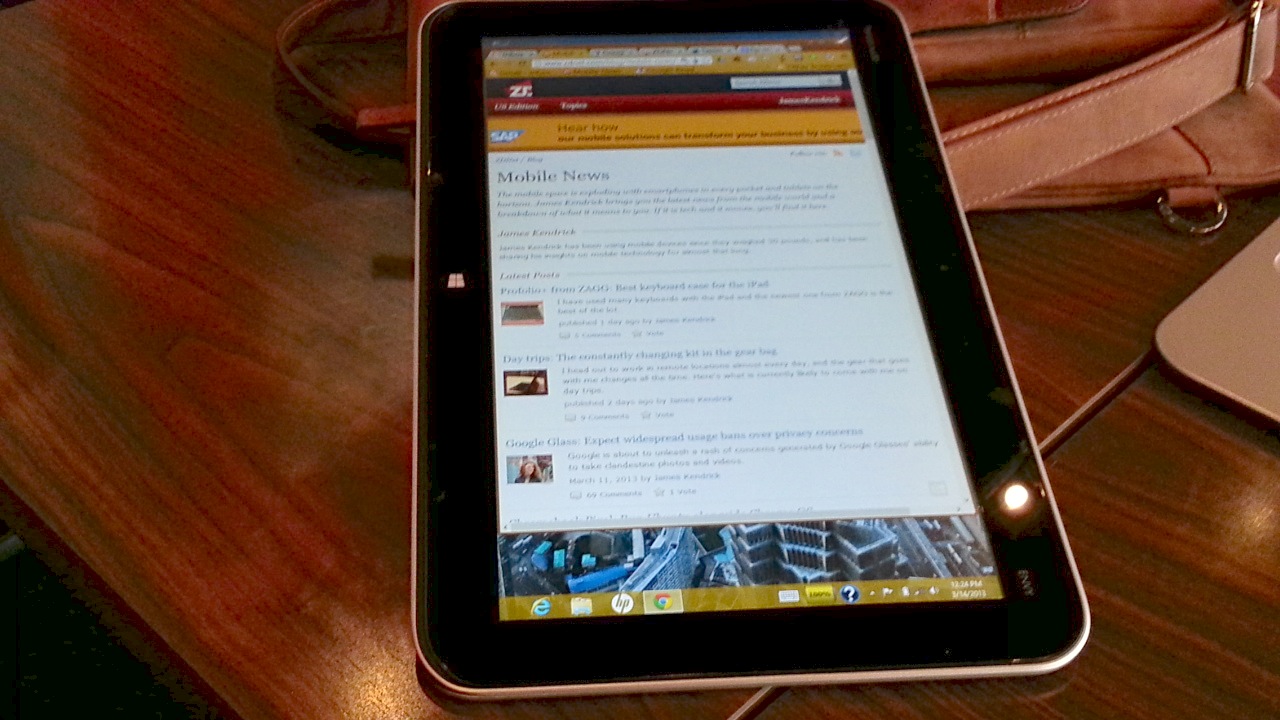Windows 8 tablets: A confusing world for buyers


The choice by Microsoft to make Windows 8 an OS for desktops, laptops, and tablets has been cheered by many and jeered at by others. Whatever side of the Windows 8 for every device camp you fall on the fact is that the multi-dimensional OS is here to stay. Microsoft wants everyone to buy Windows 8 tablets and numerous models are starting to hit the market.
Tablets running Windows 8 come in all sizes and styles, each trying to get consumers to purchase one rather than the competition, iPads and Android tablets. Having choice is always a good thing for prospective buyers but that may not be the case when it comes to tablets running Windows 8.
See related:
- Microsoft and key retailers chop Surface RT prices by $150
- Windows 8 tablets with Haswell: The $500 dilemma
- Windows 8 hybrids: How to build the perfect tablet and laptop combo
- What's next for the laptop?
- New MacBook Air: Haswell ups the game (review)
- HP Envy x2 revised 45 days in
- Windows 8 without touch is like a day without sunshine
- Windows 8.1 unveiled: Will it change your mind about Windows 8?
- A closer look at what's new in Windows 8
Buyers looking for an iPad have a choice of two sizes and that's it. The purchase decision comes down to which size you want, large or small. The decision is easy with storage space the only option other than size. Most buyers don't want integrated LTE and it usually doesn't enter the purchase decision process.
When you buy an iPad or Android tablet you get good hardware that handles all apps nicely. App handling is an uncertainty for Windows tablets due to the variety of hardware inside.
Shoppers wanting an Android tablet have more options but many of them end up getting a Samsung tablet. It's the biggest selling brand in the Android tablet space. Samsung offers several different sizes so once the consumer decides on how big a tablet is desired the purchase decision is straightforward.
Samsung tablets come with different storage sizes and like the iPad that's the only real decision for purchase. Like the iPad, Samsung Galaxy tablets all run good ARM processors and similar hardware components.
Even the budget Nexus 7 tablet has good hardware inside and buyers don't have to wade through various internal hardware options.
The same is not true for those looking at the Windows 8 tablet. While tablets of different sizes are beginning to appear on the market, size is only one of several choices that may end up confusing prospective buyers.
The big choice confronting Windows 8 tablets is of course the Windows RT vs Windows 8 option. Buyers will often find Windows RT on the cheapest of the tablets available, due to the ARM processor inside (like the iPad and Android tablets). The fact that legacy Windows apps cannot be installed on Windows RT tablets is another reason these tablets are cheaper than full Windows models. While current advertising leads buyers to believe that Windows RT and Windows 8 are the same, there's a big difference in the two as noted above.
Once the choice to get a tablet with full Windows 8 is made, buyers need to get familiar with the different Intel processors being used before making a purchase. Most of the cheaper tablets have an Atom processor inside, and while that handles common tasks with ease they aren't the best performing choice. Buyers may end up frustrated by lags doing typical tasks like watching video with the Atom.
To get the best performance possible on tablets running Windows 8 buyers need to go with full Intel Core processors. That usually drives the prices up significantly, even double that of the iPad or Android tablet. That choice also hits the battery life hard, dropping it from near all day utility to just four or five hours. That's not even close to what the competition delivers.
It's no wonder that tablet buyers may be confused when it comes to buying a Windows 8 tablet. There are two versions of Windows to choose from along with several different processor options. The choices can overwhelm non-techie buyers, who often end up buying based on price.
In the Windows world low price means inferior processors which translates into low performance. The buyer will likely end up less than thrilled with the tablet for this reason.
So the typical tablet shopper can choose from the iPad, Android tablet, or Windows tablet. The iPad decision just involves a single model making the purchase process simple. The same is basically true for Android tablets as most branded tablets come with a single model. The iPad and Android tablets all have powerful hardware configurations that run all available apps with ease.
That's not the case with Windows tablets. Some run all Windows apps, some don't, and depending on the hardware inside some tablets may not run heavy apps very well if at all. The only tablets that run all Windows apps well are the high-end models that come with prices that are much higher than the competition. It's no wonder tablet buyers seem to be going with the competition much more often than the Windows 8 options.